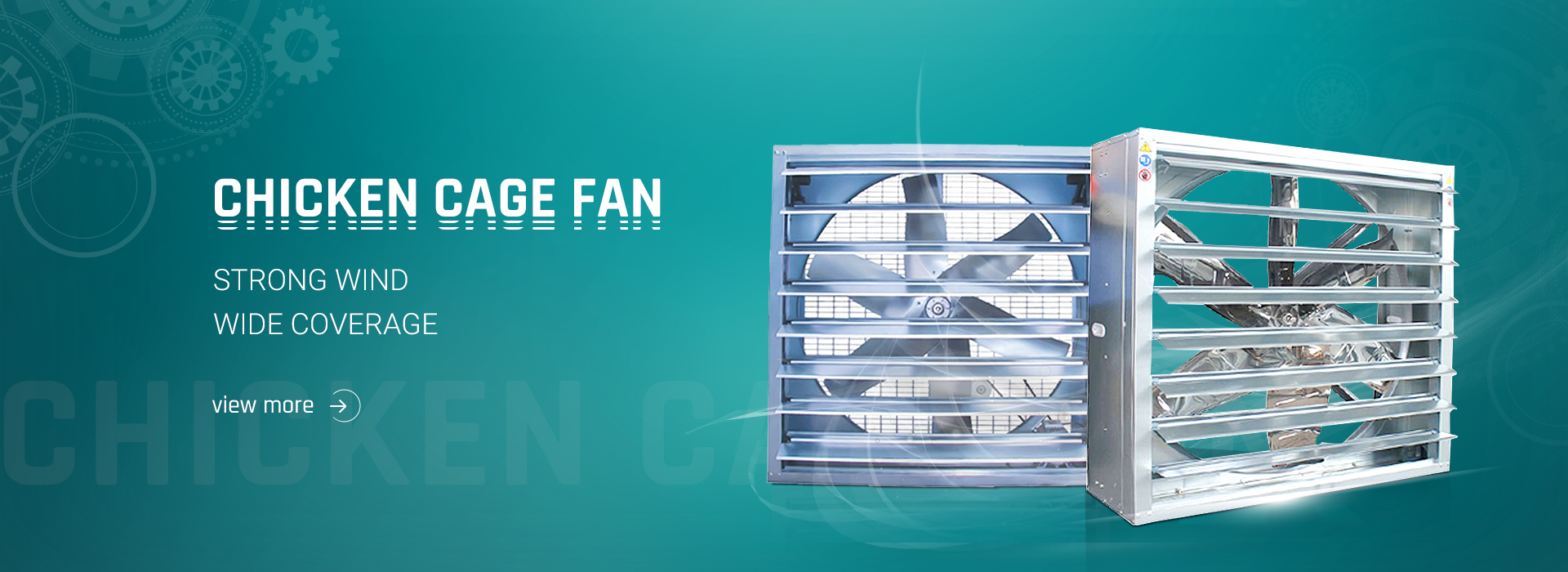1. Adjust the appropriate temperature and humidity to improve the survival rate of chicks. The newly hatched chicks are small, delicate, short-haired, have low heat preservation ability, and their body temperature regulation function is not perfect until they are 3-4 weeks old. Therefore, doing a good job of preventing cold and keeping warm, and adjusting the appropriate temperature and humidity are the keys to raising chicks and improving the survival rate of chicks.
2. Provide timely water supply and start food, and do a good job of ration matching. Warm water should be used for drinking water first, and then gradually switch to fresh, clean, cool water, while preventing chicks from getting their feathers wet. Feeding should not be limited by the number of meals at the young stage, and should be allowed to eat freely, and the number of feedings should be gradually reduced in the future.
3. Adjust the appropriate light to promote the development of chicks. The method of shading is adopted to make the chicks get a proper rest to facilitate digestion, weight gain and moulting, and at the same time, it can also prevent vices such as anus pecking and feather pecking.
4. Chickens that can live independently to the stage before one swallow or before being caged and fattened after eight weeks of age are also called young chickens. It is characterized by the most vigorous growth and development, and the period when the bones, feathers and muscles grow the most. With the enhancement of the digestive function of the chickens, the feed intake is getting larger and larger, and the diet can gradually reduce the proportion of protein feed on the basis of the chicken feed.
5. Keep a dark and quiet environment in the chicken house, so that the chickens can sleep peacefully after eating.
Raising chickens is one of the important components of agricultural farming. By raising chickens in mountain areas, raising chickens in plastic greenhouses and raising chickens in cages, using the physiological functions of chickens, through artificial breeding and breeding, they can convert plant feed into animal energy to obtain the production behavior of chickens and eggs.
Post time: Aug-18-2022




